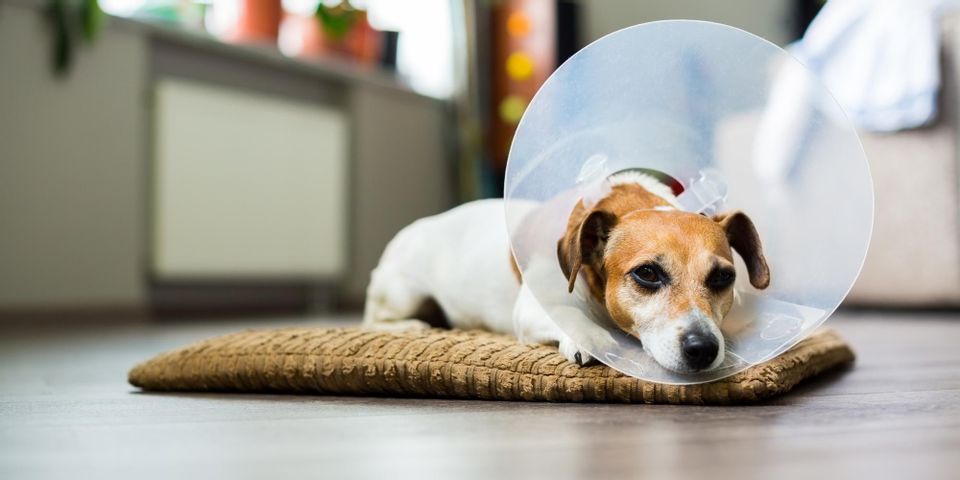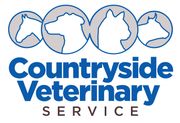
Pet neutering and spaying help control the number of homeless pets in shelters. These procedures also benefit owners and homed animals. If you recently added a furry friend to the family, use the guide below to understand the importance of these practices.
What to Know About About Pet Neutering & Spaying
What’s the difference between these procedures?
They both involve the surgical removal of reproductive organs, requiring anesthesia. Spaying is for female pets and consists of removing the ovaries and uterus. Neutering is for male pets and involves removing the testicles.
What are the benefits?
Aside from helping owners avoid unwanted litters, these procedures come with health benefits. By removing the associated organs and balancing hormone levels, spaying protects female cats and dogs against uterine infections and breast tumors.
Neutering protects male pets against prostate and testicular problems, including cancers. The procedure also makes them less likely to roam during mating season, helping them avoid getting lost.
Will my pet act differently afterward?
 Many pet owners notice positive behavioral changes. For example, males might become less territorial, which could reduce aggression and the urge to pee indoors to mark their territories. Females don’t enter heat or menstruate. Without heat periods, they also don’t attract other neighborhood pets to your home.
Many pet owners notice positive behavioral changes. For example, males might become less territorial, which could reduce aggression and the urge to pee indoors to mark their territories. Females don’t enter heat or menstruate. Without heat periods, they also don’t attract other neighborhood pets to your home.
When should I have my animal spayed or neutered?
Dogs are usually neutered at six to nine months. Cats can be neutered when they are just eight weeks old. Many shelters cover veterinarian fees when you adopt.
Schedule the surgery before the pet is five months old, at which point they reach sexual maturity and can reproduce. Removing the reproductive organs before maturity also puts less stress on the animal, helps prevent complications, and protects them from cancers.
If you’re interested in pet neutering or spaying, turn to Countryside Veterinary Service. This multi-location veterinary practice serves all of northeastern Ohio and northwestern Pennsylvania, offering care to animals of all sizes. Their staff members take the time to get to know your furry friend to provide the best possible care. Find out more about their locations and make an appointment on their website.
About the Business
Have a question? Ask the experts!
Send your question

